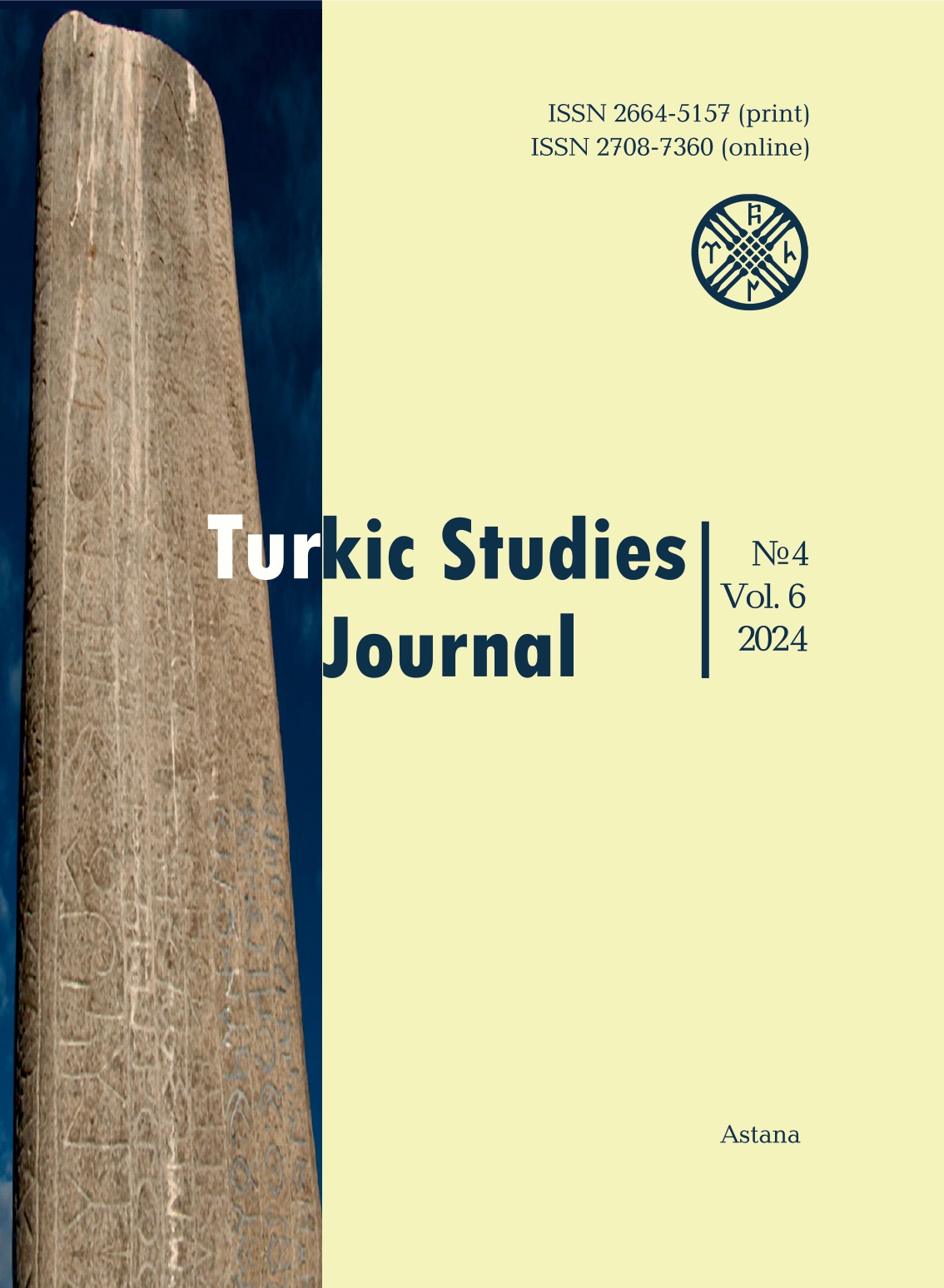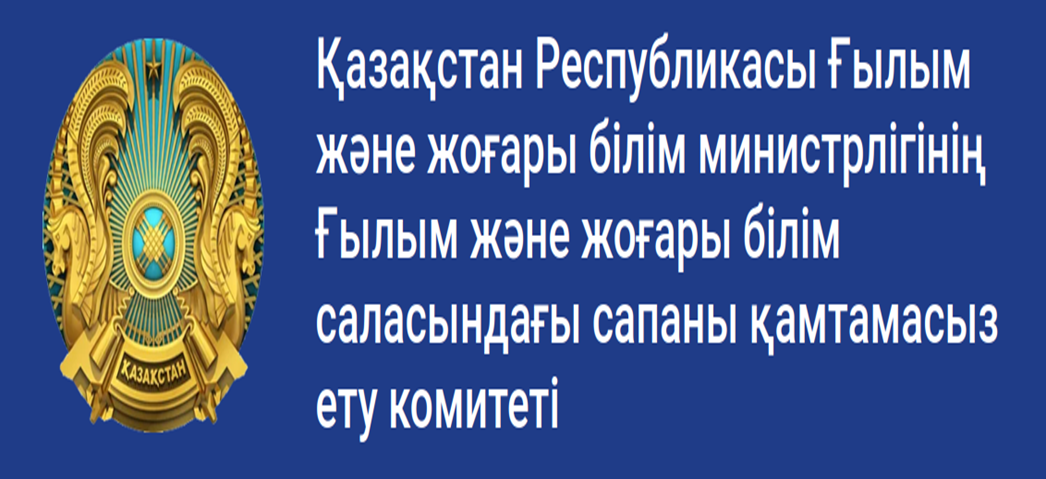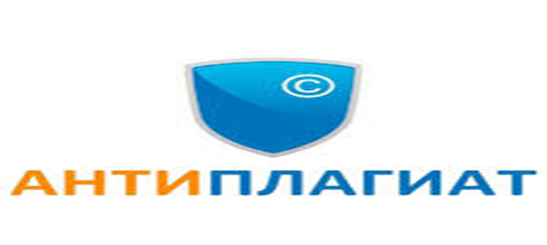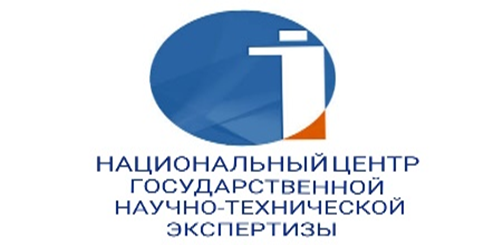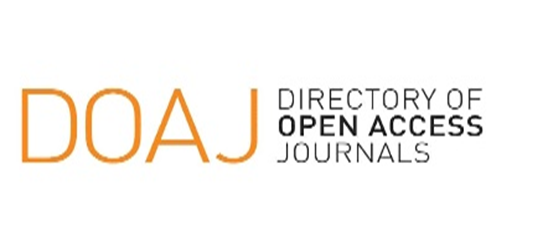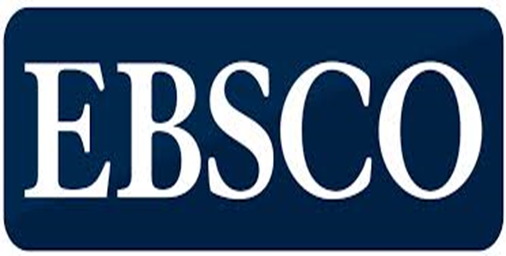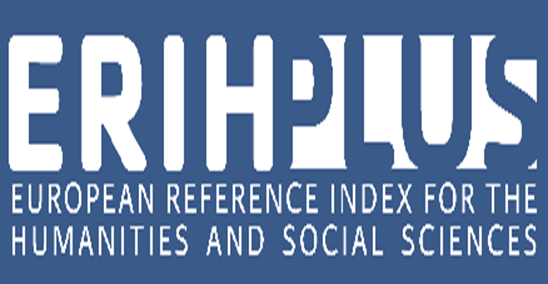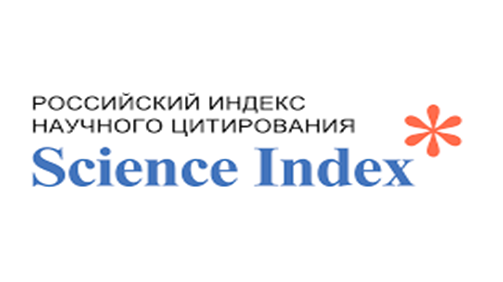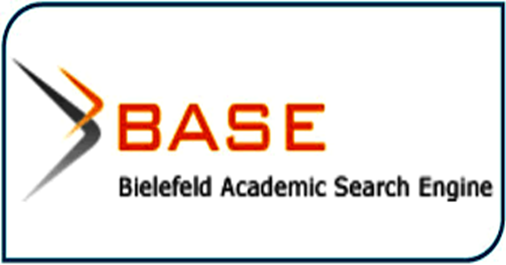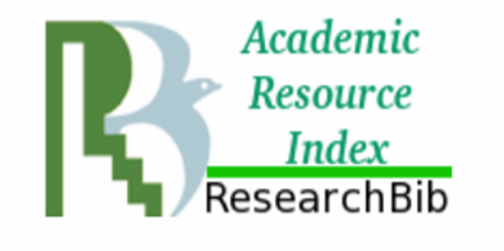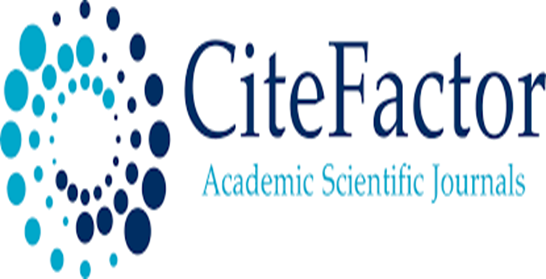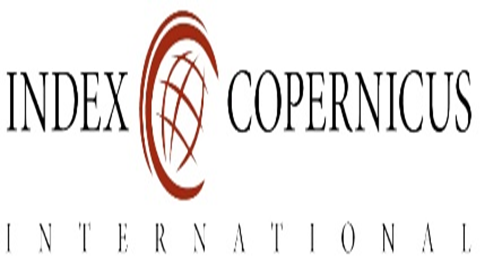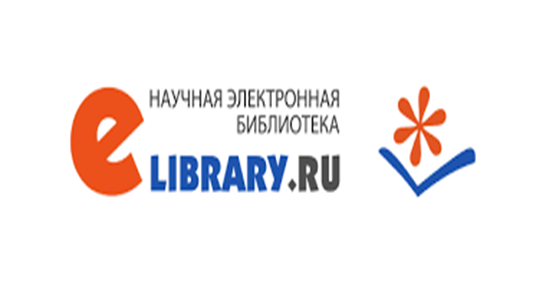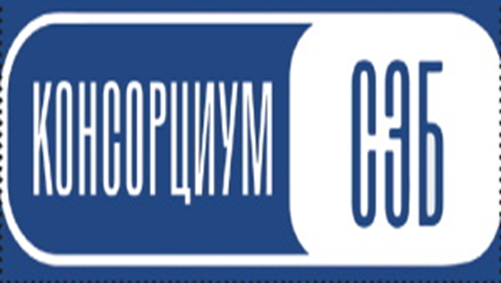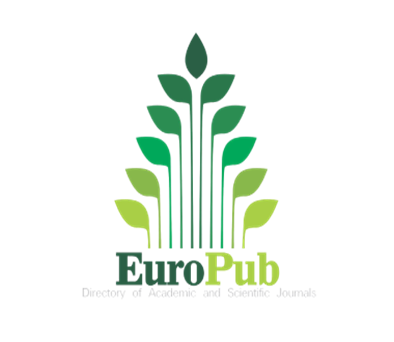The aesthetic world of Golden Horde literature and its continuity in Kazakh literature
Views: 294 / PDF downloads: 345
DOI:
https://doi.org/10.32523/2664-5157-2024-4-191-208Keywords:
The Golden Horde, poetic tradition, spiritual and cultural heritage, value, aesthetics, artistic means, continuityAbstract
The written literary monuments of the Golden Horde era hold significant importance in the spiritual and cultural history of the Kazakh people. The common spiritual culture of the Turkic peoples
during this period was embodied in a unified Middle Turkic language, which laid the foundation for literature in the Kipchak-Oghuz and Oghuz-Kipchak languages and marked the emergence of national
trends. However, these literary monuments also show the influence of Eastern poetic traditions, which are clearly manifested in Qutb’s “Khosrow and Shirin”, and Khorezmi’s “Mukhabbat-name”.
The purpose of this paper is to study the world of spiritual and cultural values, including aesthetic
knowledge, within the context of written literary heritage. Additionally, a number of artistic and aesthetic concepts in Kazakh literature, which have deep roots, are considered. The written literary heritage of the Golden Horde period reflected the worldview, artistic and aesthetic expression through
linguistic means, including the use of epithets, metaphors, comparisons, idioms and set phrases. The written monuments of the 13th–14th centuries constitute a rich source of information regarding the spiritual and cultural worldview and aesthetic perception of the period.
The research has significant practical value. The results obtained can be used in the history of literature and cultural studies.
Reference
Абай Құнанбайұлы, 2003. Өлеңдер, аудамалар, қара сөздер. Алматы: Мектеп. 248б.
Ақан сері, 2008. Өлеңдері, нақыл сөздері, әзіл-сықақ қағытпалары, айтыстары. Құраст.
Алтын Орда әдебиеті: генезис, жанрлық ерекшелік, дәстүр жалғастығы, 2022. Алматы: «Evo Press» баспа үйі. 320 б.
Әдеби жәдігерлер, 2012. 20 томдық. Құтб Хұсрау-Шырын.16-том., Алматы: «Таймас» баспа үйі. 472 б.
Бабалар сөзі, 2005. Жүз томдық: 17-том. Ғашықтық дастандар. Құраст. Әзібаева; жауапты шығ. Ж. Рақышева; ред. алқасы: Б. Әзібаева. Астана: Фолиант. 368 б.
Бертельс Е.Э., 1995. Избранные труды «Навои и Джами». Москва: Издательство «Наука». 498 с.
Бертельс Е.Э., 1935. Персидская поэзия в Бухаре. Ленинград: Издательство Академии Наук СССР. 58 с.
Брагинский И.С., 1984. Иранское литературное наследие. Москва: Издательство «Наука». 294 с.
Бердібаев Р., 2018. 2 том. Гүлстанның бұлбұлдары. Жұлдыздар жарығы. Алматы: РПБК «Дәуір». 480 б.
Залесский Б., 1991. Қазақ сахарасына саяхат. Алматы: Өнер. 205 б.
Ибатов А., 1974. Кутбтың «Хусрау мен Шірін» поэмасының сөздігі. Алматы: Ғылым. 277 б.
Кеңесбаев І., 2007. Қазақ тілі фразеологиялық сөздігі. Алматы: Арыс. 711 б.
Кималь А., 1995. К генезису традиционной культуры казахов // Культура кочевников на рубеже веков: Проблемы генезиса и трансформации. Материалы международной конференции. Алматы.
Күмісбаев Ө., 1994. Терең тамырлар. Алматы: Ғылым. 315 б.
Қазақ эпостары., 2006. Алматы: Көшпенділер. 416 б.
Қыраубаева А., 1988. Ғасырлар мұрасы. Алматы: Мектеп. 163 б.
Құрышжанов Ә., Ибатов А., 1981. Ежелгі түркі жазба ескерткіштері жайында// Қазақ әдеби тілінің қалыптасу тарихы мен даму жолдары. Алматы: Ғылым. Б. 97-124.
Лихачев Д.С., 1979. Поэтика древнерусской литературы. Москва: Издательство «Наука». 416 с.
Мүсірепов Ғ., 1996. Ой сезім сәттері. Алматы: Жалын. 144 б.
Наджип Э.Н., 1979. Историко-сравнительный словарь ХІV века. На материале «Хусрау и Ширин» Кутба и его язык. Москва: Издательство «Наука». 478 с.
Найманбаев Ә., 1988. Шығармалар: әндер, өлеңдер, айтыстар, қисса-дастандар. Құраст.: Б. Нұржекеев, Б. Абылқасымов. Алматы: Жазушы. 302 б
Сабыр М.Б., 2021. Көне қыпшақ тілі мен қазақ тілінің фоно-морфо-семантикалық сабақтастығы.
Алматы: «Liber» баспасы. 464 б.
Сағындықұлы Б., 2006. Алтын Орда жазба ескерткіштерінің салыстырмалы лексикасы: оқу құралы. Алматы: Қазақ университеті. 109 б.
Салықов К., 2016. Шығармалары. Астана: Фолиант. 208 б.
Сатпаева Ш.К., 2012. ІV том. «Влияние времени». Статьи. Астана: Елорда. 408 с.
Сыздықова Р.Г., 1995. Абайдың сөз өрнегі. Алматы: Санат. 405 б.
Хамраев А.Т., 2024. Литература Золотой Орды в контексте историко-культурного дискурса // Turkic Studies Journal. Т. 6. № 3. Б. 175-195. DOI: ttp://doi.org/10.32523/2664- 5157-2024-3-175-195 DOI: https://doi.org/10.32523/2664-5157-2024-3-175-195
Хорезми, 1985. Махаббатнама. ауд. А.Қыраубаева. Алматы: Жалын. 112 б.

